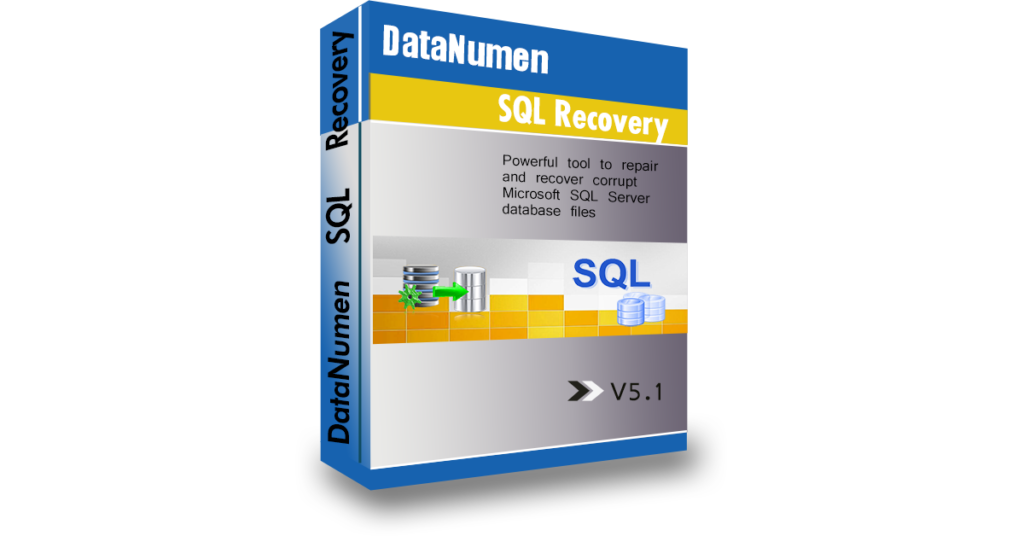Cybercrime causes billions of dollars of economic damage. Because of this, forensic science has to evolve to deal with cybercriminals. Computer forensic techniques allow investigators to gather evidence against cybercriminals that will stand up in a court of law.

Technology such as computers can make our lives easier and more convenient. One major way that computers are used every day is to store vast amounts of data and information that is important to the daily operations of businesses, government organizations, and private individuals.
Data found on computers is valuable and unfortunately vulnerable. Cybercrimes, where a dishonest individual gains illegal access to data found in computers and networks are on the rise and cyber criminals are becoming more and more adept at evading legal consequences.
Consequences of cybercrime
According to a McAfee report from 2014, the economic damage done by cybercrimes globally was about $445 billion. The most common type of cybercrime is financial fraud, where an individual accesses the private data of another and uses it to misrepresent themselves to financial institutions.
For example, take credit card fraud. With credit card fraud, a hacker accesses the personal information of their victim and files for a credit card using that information, stealing their identity. They then use that credit card and rack up enormous bills. The individual whose identity they have stolen is unaware of any of this until the credit card company tries to go after them for “unpaid bills” that they had no idea they had racked up.
For businesses, one of the most dreaded cybercrimes is cyberextortion. This is when a cybercriminal gains access to important data and demands money to prevent the leaking of that data. Often times, they block the businesses access to the data until their demands are met. This not only brings operations to a halt but can badly damage a business’s reputation with its customers.
The need for computer forensics
Because of the rise of cybercrimes, a new branch of investigation has been developed to help law enforcement trace and find proof of illegal activity using computers. This is computer forensics and much of their techniques involved some form of data recovery, it is also known as digital forensics.
Computer forensic experts can go through a suspected cybercriminal’s hard drive – be it on a computer or a mobile device – and find deleted and hidden files that serve as evidence of illegal activity.
Much of what computer forensics does is related to data recovery. Data recovery programs used in businesses and personal computers, such as DataNumen Data Recovery and DataNumen SQL Recovery, are also widely used for law enforcement.

Trends in digital forensics
Technology is evolving, so are criminals and investigators and investigation techniques need to evolve with them. One evolution is the shift from computer forensics to digital forensics. Computer forensics was the blanket term to talk about data recovery from a computer, while digital forensics means data or evidence recovery from other devices such as external storage methods and even mobile devices.
One trend that is rising in digital forensics is cloud forensics. Since more and more data is stored in the cloud, it is becoming important that investigators have tools that allow them to access data that a criminal might try to hide in cloud storage.